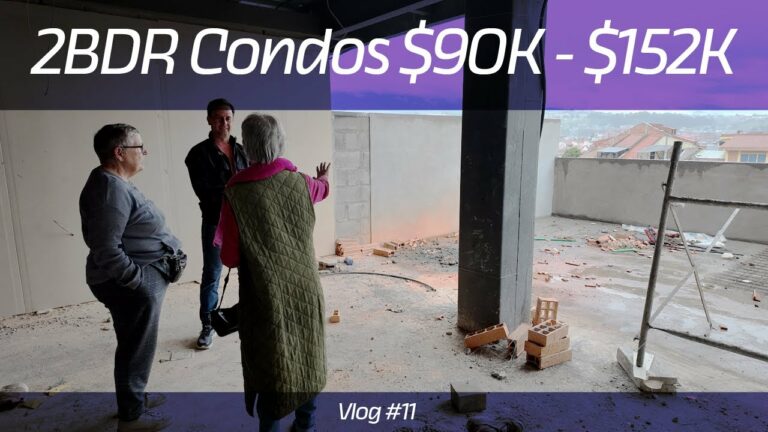Settled high in the Andes Mountains of Ecuador lies, Ingapirca, a spectacular destination that draws in history buffs, outdoor enthusiasts, and culture seekers alike. Ingapirca is an ancient site important to both the Inca and the Cañari before them. Here, you can peer into the rich history and culture of the Andean people. It is one of the most significant and well-preserved examples of Inca architecture and engineering in the region and is considered an important cultural and historical landmark in Ecuador.
In this article, we’ll take you on a journey to explore the wonders of Ingapirca, from its breathtaking scenery and deep history to its unique cultural offerings.
A Note About Terminology
There are, historically, some variations in the terminology. For this article, I will use the following conventions.
The word “Inca” as a noun refers to the emperor himself. As an adjective, it is used to indicate the culture and items it produced. I will use the lowercase “inca” if referring to an individual who was not the emperor, and the word “Incas” will refer to the people overall.
The Journey Begins: Getting to Ingapirca
First, at the time of this writing, the archaeological site is not open on Monday and Tuesday. Being Ecuador, this could change at any time, so, before you go, try to verify that the site is open on the day you plan to go.
The trip to Ingapirca from Cuenca takes about two hours, maybe less depending on how you choose to travel.
The cheapest transport option is a bus from Terminal Terrestre in Cuenca to Cañar. These buses run every hour. From Cañar, buses run every thirty minutes to Ingapirca. A possible downside to this option is the transfer between buses. This can be intimidating.
If you prefer a more direct route, a bus leaves Terminal Terrestre in Cuenca and goes “directly” to Ingapirca. This is the option my wife and I used, and the bus left at 9 AM. Of course, the term “directly” has a slightly different meaning here than it might in other places. This bus stops in Azogues, then in Cañar, then continues on to Ingapirca. It’s “direct” because you don’t have to transfer to another bus, but don’t be surprised by these stops. Both bus options will make various stops that increase the travel time to around two hours. This option is easier because of the lack of transfer, but it costs a few dollars more, and you have to make sure to arrive on time.
You can also rent a taxi or a private driver. This is considerably more expensive, figure $30 – $40 each way, but it’s a more comfortable and shorter ride, taking about an hour and a half instead of two.
If you’re comfortable driving in Ecuador, renting a car is a convenient and flexible option. You can rent a car in Cuenca and drive to Ingapirca, following the signs on the Pan-American Highway.
Finally, many tour operators in Cuenca offer day trips to Ingapirca, which include transportation, guided tours, and often lunch.
The Air Up There
Remember that Ingapirca is about 600 meters (2,000 feet) above Cuenca. That means, if you’re not acclimated to the altitude, it may cause you problems, and it is cooler. Make sure to take layers you can add when you get there.
Don’t Forget Your Reservations
The site gets 300 – 400 visitors per day, and they limit the number of people in the site at any given time. Reservations are required for your visit. Our guide made them for us, but you can make your own reservations on this Google Form.
Arriving at the Past
You can catch your first glimpses of the structures at the site from the bus. There are various indigenous vendors with stalls around the Welcome Center and museum. They sell beautiful, handcrafted clothes and other items.

When we visited, it cost $2 per person to enter the site and was free for seniors (tercera edad). A guide is required to visit the actual archaeological complex. The local guides generally only speak Spanish.
If you want or need a guide who speaks another language, you’ll need to make arrangements before your trip for that and hire them separately. The guide must be licensed, either locally or nationally.
Our guide was Felipe Neira, who lives in Cuenca and is a national tour guide who works with Amazing South American Tours. He spoke English well and did a great job with the tour.
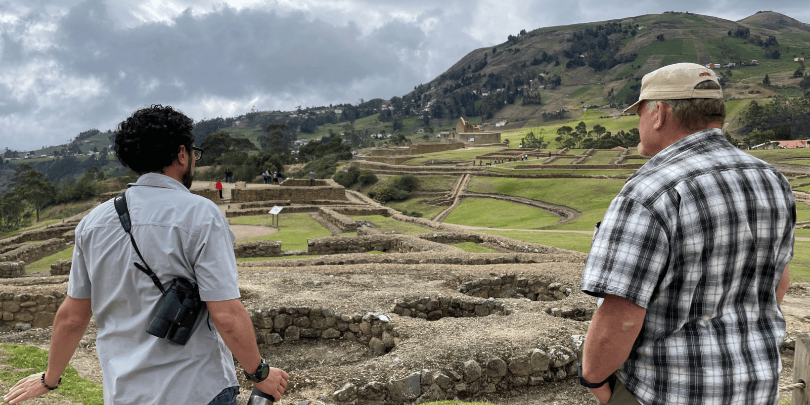
Whether you visit the museum or the archaeological complex first is up to you, but I recommend you do both. The museum does not require a guide and gives you wonderful information about the history of the site while the ruins provide a more tangible connection to that information.
The Rich History of Ingapirca
The original inhabitants of the region were the Cañari people. They arrived in the area 800 or so years before the arrival of the Inca. When the Inca arrived, they were repelled by the Cañari. It took several decades for the Inca to overcome them, and, in the end, it was accomplished as much by diplomacy and intermarriage as by military might.
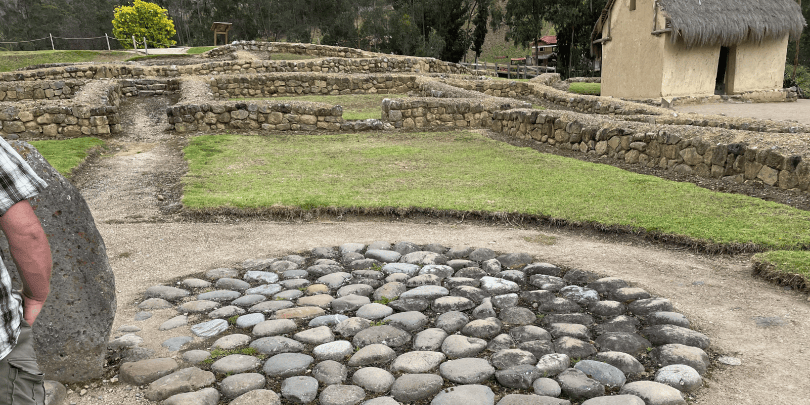
The Inca Empire had a complex system of governance that allowed for a certain degree of autonomy among the people and cultures they conquered. What has been uncovered at Ingapirca indicates this aspect of the Inca empire. The majority of the site is Inca, but there is a section that predates them. The valley in which Ingapirca sits was already important to the Cañari before the arrival of the Inca.
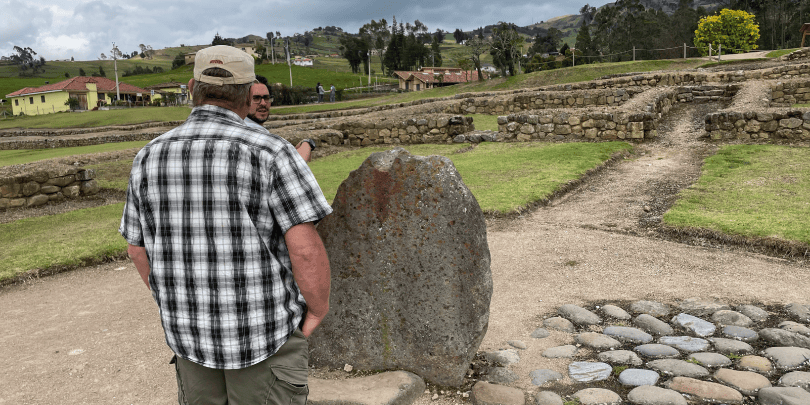
An example of this was found in the older Cañari section. They discovered a tomb containing the remains of eleven people. In the center sat a woman. Judging by the items found with her, she was considered important. Around her were ten other women, believed to be servants who were poisoned, possibly self-administered, so they could continue to serve her in the afterlife. Above that tomb is a large rock. It is believed to have been used for astronomical purposes related to the lunar cycle.
Other stones at the site, which were moved from their original positions long before archaeologists arrived, are believed to have been used to track other astronomical events. It is believed that one large stone with twenty-eight depressions was used as a lunar calendar. When filled with water, the depressions reflect the night sky and, in the right position, could have tracked the progress of the moon through the year.

The bulk of the structure was built by the Incas and reflects their architectural tastes, culture, and religion.
Building Blocks of the Inca
From the Cañari section in the southeast area of the complex, the Inca section continues to the west and has the shape of a puma. The puma, or “qari” in the Quechua language of the Inca, was an important symbol in Inca culture and mythology. It was associated with power, strength, and leadership, and was often used as a symbol of the Inca’s own authority and dominance.

In the “belly” of the puma, there is a section called Las Bodegas, which was a series of rooms used to store various goods. To the south of these is a terraced area where they likely had a garden to grow fresh fruits and vegetables.
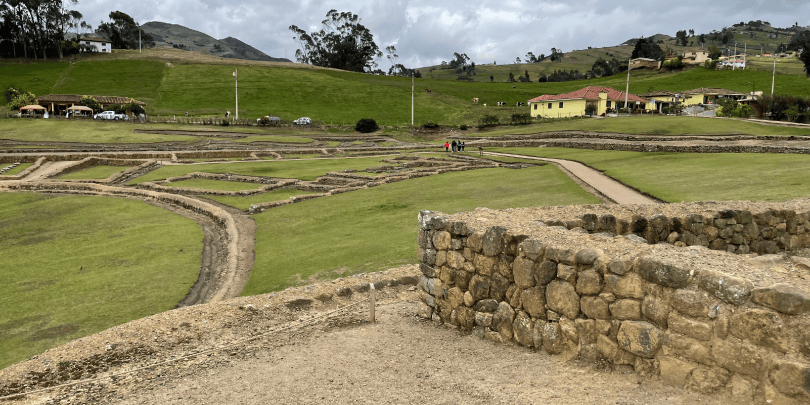


There are large areas where food would have been prepared and people, most likely the soldiers and retinue of the Inca, would have dined.
In the head of the puma, at the western-most side of the complex, you’ll find the remains of the administrative buildings and the residence of the Inca. The most notable feature of the site is The Temple of the Sun. This is an elliptical building atop a hill to the north of the residence of the Inca.
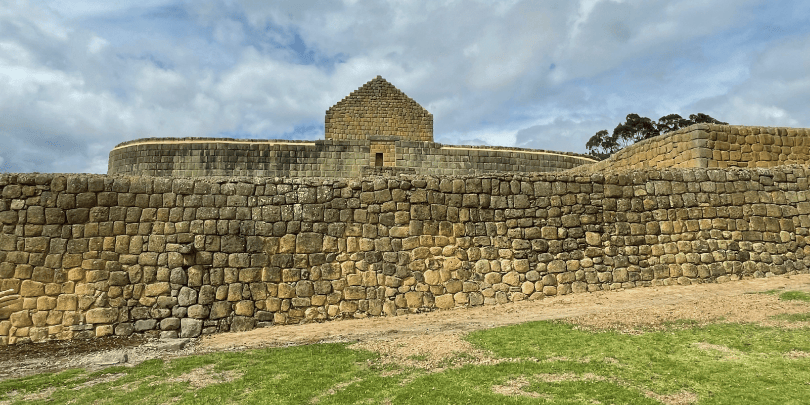
This building is unique in Inca architecture. While circular constructions are found throughout the remains of the Inca Empire, this building is the only example of an elliptical structure currently known to exist.
The Temple of the Sun is made of large, precisely cut stones that fit together without mortar. This construction method is common in the architecture of the Inca Empire. The ground beneath the building has several terraces and platforms, and the structure itself is oriented towards the sun in such a way that it is aligned with the solstices and equinoxes. The temple is also believed to have served as an astronomical observatory, as well as a ceremonial and religious center for the Inca. The stones of the temple walls have a greenish hue that sets them apart from the rest of the complex. This color comes from a mineral, serpentine, found in these stones.
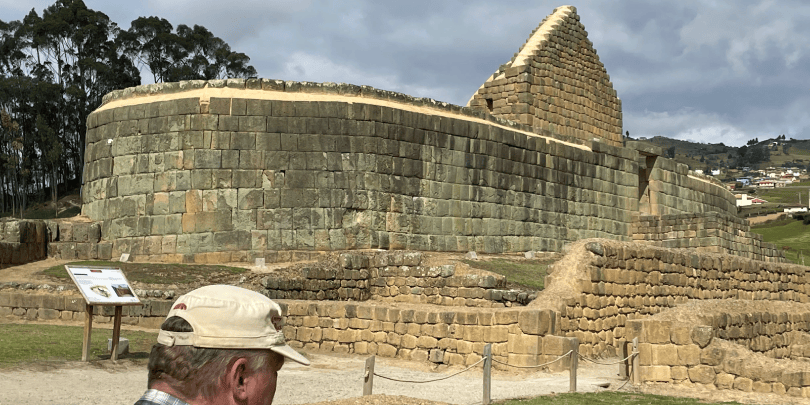
Another important feature of the site is the Water Temple, which consists of a series of pools and channels that were used for ritual purification and bathing. The pools are fed by a nearby spring, and are arranged in a way that allows water to flow from one pool to the next.
To the south of the puma’s head, there is a section where various stones are kept. This area was not part of the original construction. When the Spaniards arrived, they took stones from Ingapirca to build their own homes and churches. When the Ecuadorian government began their archaeological work at the site, they requested that people bring stones they thought might originally have been taken from the site. This section is a repository for those stones returned by the community. They are believed to belong at the site, but their precise locations have not yet been determined.

An interesting note about the site is that the Inca Trail passes through it. While not as famous as the Inca Trail of Peru, the trail in Ecuador is located in the northern part of the country and follows a route through the Andes Mountains and the cloud forests of the region. It is believed to have been used by the Inca armies as a means of communication and transportation during the height of the Inca Empire.
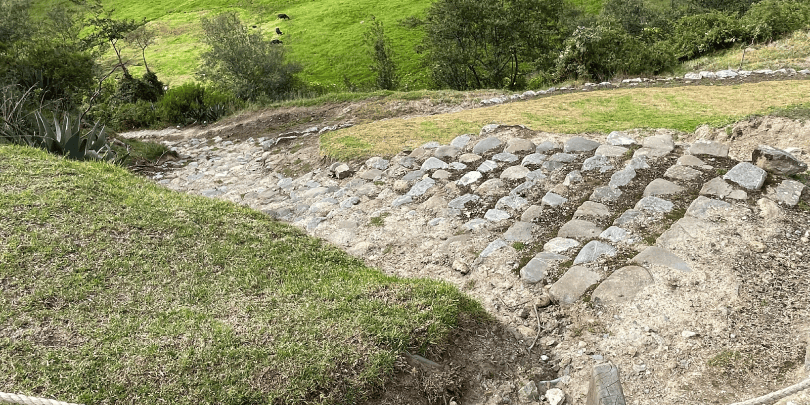
Beyond The Complex
Be sure to take in the natural beauty that surrounds the complex. The hills are vibrant green, and we saw llamas romping in a field nearby.
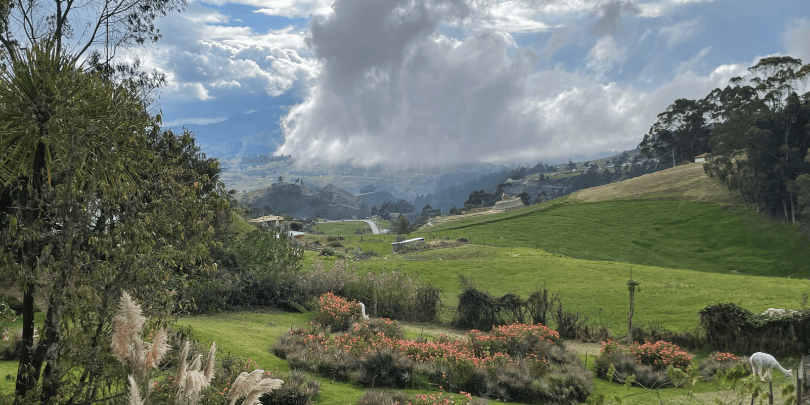
While the complex is large and the highlight of the region, there are other noteworthy sites nearby. One of the more impressive ones is the Inca Face.
It is a mysterious and enigmatic stone carving and is believed to date back to the height of the Inca Empire in the 15th century, probably created by the Inca themselves.
It is located on a large boulder situated on a hill overlooking the town of Ingapirca and the surrounding countryside. The carving itself depicts a human face that is roughly 4 meters (about 13 feet) in height and is carved into the surface of the rock.
The features of the face are highly stylized and abstract, with large almond-shaped eyes, a long nose, and a wide mouth. It is surrounded by a series of intricate geometric patterns and symbols that are believed to have held significant religious and spiritual meaning for the Inca people.
There is much debate among scholars and historians about its significance. Some believe the carving may have been used as a symbol of Inca power and dominance over the surrounding landscape, while others speculate that it may have been used in religious ceremonies or as a means of astronomical observation.
Immersed in Culture
The museum is small but worth visiting. It is split into four areas. The first focuses on the history of the region in general. The second gives information and insight into the Cañari people and their culture before the arrival of the Inca. The third discusses the Inca and their influence on the region. The fourth talks about Ingapirca today. There is also a small gallery of amazing photos taken at the site.
One interesting thing our guide did was to place his phone on a glass enclosure holding examples of textiles. He then used the phone’s camera feature to zoom in on the weaving and stitchwork in the pieces of cloth. The dyes used to color them had, of course, faded, but the craftsmanship in the cloth was astounding, and what remained of the coloration indicated that these came from pieces that, in their entirety, wold have been beautiful.
A Few Dining and Lodging Options
There is a restaurant at the site called Inti Pakari. My wife and I chose to stay at Posada Ingapirca, which is 500 meters from the site up a rather steep hill, and we ate in their restaurant. As such, I can’t offer an opinion on Inti Pakari’s food, but their menu looked good, and it was definitely a cheaper and much closer option than the hotel’s restaurant. The Posada offers rooms starting at a little over $50 per night and is managed by the Santa Ana Group which also runs Cuenca’s Hotel Victoria and El Jardin restaurant.
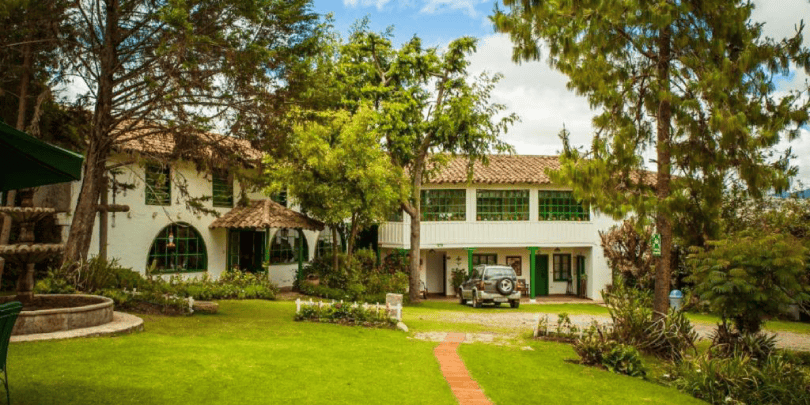
Returning To Cuenca
When you arrive, I recommend asking in the Welcome Center about the return trip. Find out what time the bus arrives. You can find info about this online, but, depending on the age of the information, it may or may not still be accurate.
Summary
As we wrap up our journey to Ingapirca, I hope you’ve enjoyed learning about this incredible destination as much as my wife and I enjoyed visiting it. From its stunning mountain views and intricate Inca architecture to its delicious traditional foods and unique cultural experiences, Ingapirca truly has something for everyone.
Whether you’re planning a day trip or an extended stay, we encourage you to visit this unforgettable destination and immerse yourself in the beauty and history of the Andean people.
Book a day trip to Ingapirca or other destinations from Cuenca
I highly recommend that you plan to visit and discover one of the best examples of the ancient wonders of Ecuador’s Andean region. A great way to get started is with Amazing South American Tours. You can make an inquiry directly with them below – YapaTree Cardholders save 5% too!
Thanks to Margaret Westlake for providing the images used in the article.
















